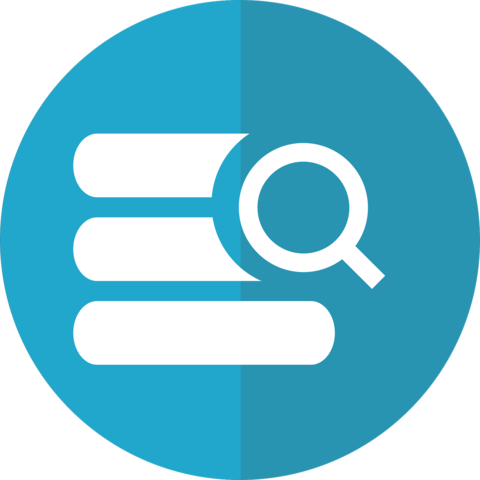
The iEdison platform was designed in the 1990’s by the National Institute of Health as a means for awardees of federal funding to report their inventions. Through one aspect of the Bayh-Dole Act of 1980, it became mandated for entities to report any inventions and patents that resulted from federal research funding. The iEdison database was the answer to the Bayh-Dole Act to catalogue and maintain the federally funded inventions. iEdison did an excellent job as the hub for these technologies, but as the 21st century came around and patent law as well as the Bayh-Dole regulations evolved, the federal government wanted to upgrade the platform to keep up with current technology and regulatory requirements.
As the agency designated by the Department of Commerce to manage the Bayh-Dole regulations, NIST was tasked to redesign, modernize, and manage iEdison. NIST immediately put out a request for information to the end users of iEdison for any and all thoughts on what worked for them and what could be changed in the system. NIST received a ton of great information through this, but they needed an expert to help guide the process.
One of the duties of the Technology Partnerships Office (TPO) at NIST is handling interagency issues like Bayh-Dole and so TPO sought out an iEdison expert to help rebuild the platform. TPO soon brought on Bethany Loftin to the team. Bethany, before coming to NIST, had worked with an intellectual property consulting firm, wherein she helped technology transfer offices accomplish their objectives. While she was there, she noticed that many times she helped offices with Bayh-Dole compliance and iEdison reporting. Bethany soon found herself in the iEdison system on a consistent basis and her knowledge of the database exponentially increased. From there, she began to actively work on projects revolving around helping people clean up their submissions in iEdison and reporting information in an accurate manner. Through this experience, Bethany got to see the innerworkings of iEdison and knew the issues that the end users might encounter. So, when the NIST position was created to modernize iEdison, Bethany was the perfect fit for the job.
Bethany is now leading the initiative to pave the way for a new, modern iEdison with a focus on keeping the core structure of the database and aligning the system with regulatory requirements while adding more functionality and creating a more user-friendly platform.
“Our entire team is working hard to ensure that the new system protects the government’s interests and maximizes the return on tax-payer investments in research while at the same time not impeding the commercialization process,” says Bethany.
Some of the updates to iEdison will include:
- Increased Communication Channels. With the new iEdison, users will be able to actively communicate with the agency from whom they received funding. Users will be able to send messages back and forth through the system in real time.
- Increased Reporting Capabilities. Users will be able to edit their sections in iEdison, rather than reaching out to the host agency to fix any potential mistakes. Users will be able to submit new requests through iEdison such as domestic manufacturing waiver requests, assignment or transfer requests, provisional extension requests, and many more.
- Customizable Reports. The new iEdison will allow users to build customized reports by selecting the data and analytics they would like to see in the report and then save those templates to use again.
These are just a few of the updates coming to the new iEdison. NIST plans to increase functionality for the end user and improve the process for reporting federally funded inventions with the modernized platform. This updated database will play a pivotal role in the world of technology transfer and will help drive the American economy with the many inventions that come about through federal funding. The updated iEdison is expected to go online in the spring of 2022.

